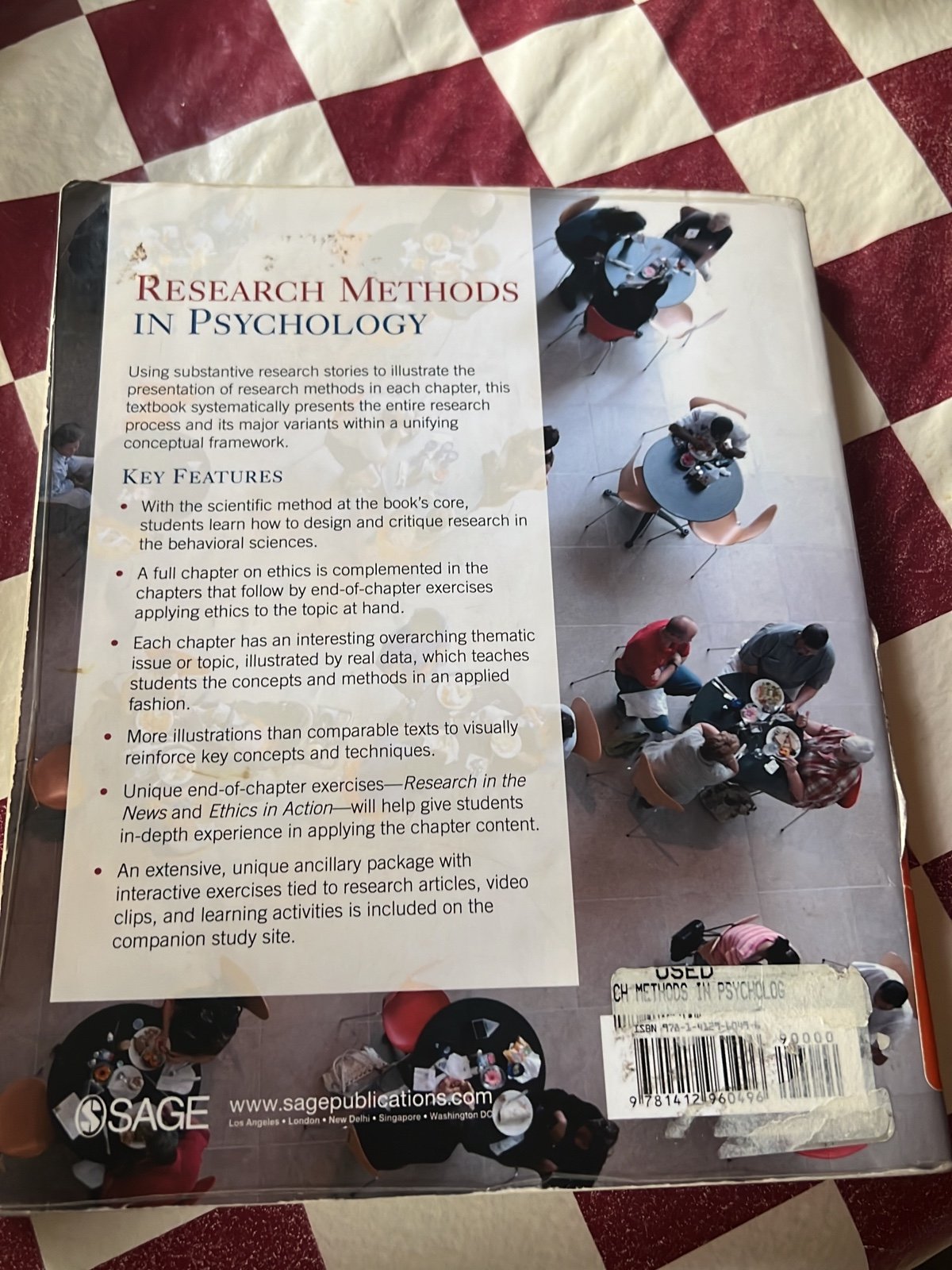
A range of psychologists from history has influenced our present understanding of psychology. This article will examine three of the most impactful psychologists: Carl Jung, Sigmund Freud, and Abraham Maslow. Sigmund Freud was born in May 1856 in Austria to parents of Galician Jewish descent. He was a neurologist who made numerous significant observations, but this article will focus on his theories relating to the conscious and unconscious mind, psychosexual development, dream analysis, and psychoanalytic theory. Freud proposed that the mind consisted of three distinct identities: the id, ego, and superego. The id represented hidden desires driven by human instinct, while the superego embodied the adherence to societal rules and ethics. The ego functioned as a mediator between the two, attempting to realistically satisfy both. Furthermore, Freud stated that the ego developed during childhood at the age of 3, while the superego formed at age 5, completing the trio of identities. Freud believed that an imbalance among these identities could lead to anxiety, neuroses, and destructive behaviors. His subsequent theory of psychosexual development was viewed as uneasy and contentious, suggesting that an adult’s behavior and personality stem from psychosexual stages experienced during youth. This indicated that children would pursue pleasure from the id in specific areas of the body known as erogenous zones. These stages included the oral, anal, phallic, latency, and genital stages. Freud theorized that issues encountered during childhood could resurface and cause psychological distress in adulthood. In Freud’s book: The Interpretation of Dreams, he asserted that dreams emerge from the unconscious mind, representing the id’s unfulfilled desires that strive to break into the conscious awareness. The absurdity of certain dreams was considered a means to fulfill inappropriate wishes, utilizing symbolism to disguise and obscure what is considered unsuitable. Consequently, Freud devised several techniques to interpret and comprehend dreams, including condensation, displacement, representation, and secondary revision. Ultimately, the psychoanalytic theory elaborated on human behavior. In a manner similar to psychosexual development, Freud observed that early childhood experiences influence adult personality, particularly through trauma. He theorized that these experiences might be buried in our consciousness, potentially leading to future complications. Hence, he created psychoanalysis, as defined by the psychoanalytic theory, a therapeutic method focusing on communication to help individuals with mental disorders by uncovering these hidden feelings. As a result of his contributions, he is recognized as the ‘father of psychoanalysis’.
One notion within psychoanalysis is defense mechanisms, which are subconscious strategies that support the ego, the rational aspect of the mind, in alleviating anxiety caused by internal conflicts. These conflicts arise between the impulses expressed by the id and the ethical standards of the superego, which serves as a self-critical conscience. Such internal struggles and the strategies employed by the ego are believed to be the underlying motivators of behavior, as they illuminate how individuals instinctively shield themselves from emotional distress and conflict. Generally, the ego modifies or redirects the thoughts and feelings generated by the id to be in harmony with the superego. Common examples include projecting the id’s urges onto others, leading the mind to persuade the superego that it is superior to such primitive impulses. Another defense mechanism is displacement, which involves transferring unacceptable emotions, like anger or jealousy, onto a person or object that the ego/superego deems a permissible target. A different variation of projection is sublimation, where individuals channel their unconscious desires into constructive and more socially acceptable actions. For instance, a surgeon may sublimate latent aggression into performing surgeries intended to heal individuals.
Freud introduced the concept of an unconscious life “drive” or instinct known as libido, believed to propel or support mental activities in the id. This instinct aims to evade emotional or physical discomfort, fulfill basic needs, and address other primal urges. This drive forms the second fundamental component of Freudian psychoanalytic theory, positing that all human conduct is governed by sexuality; in this context, sexuality encompasses anything that can provide pleasure. Like many elements of psychoanalysis related to the unconscious, this drive encounters opposition from the ego or superego, wherein this struggle influences behaviors such as impulse control. For instance, a person with a heightened libido and an underdeveloped superego might risk a lack of remorse or introspection regarding the consequences of their actions to satisfy their unconscious cravings.
Maslow’s Hierarchy of Needs is a widely recognized theory elucidating human motivations, beginning with basic needs and